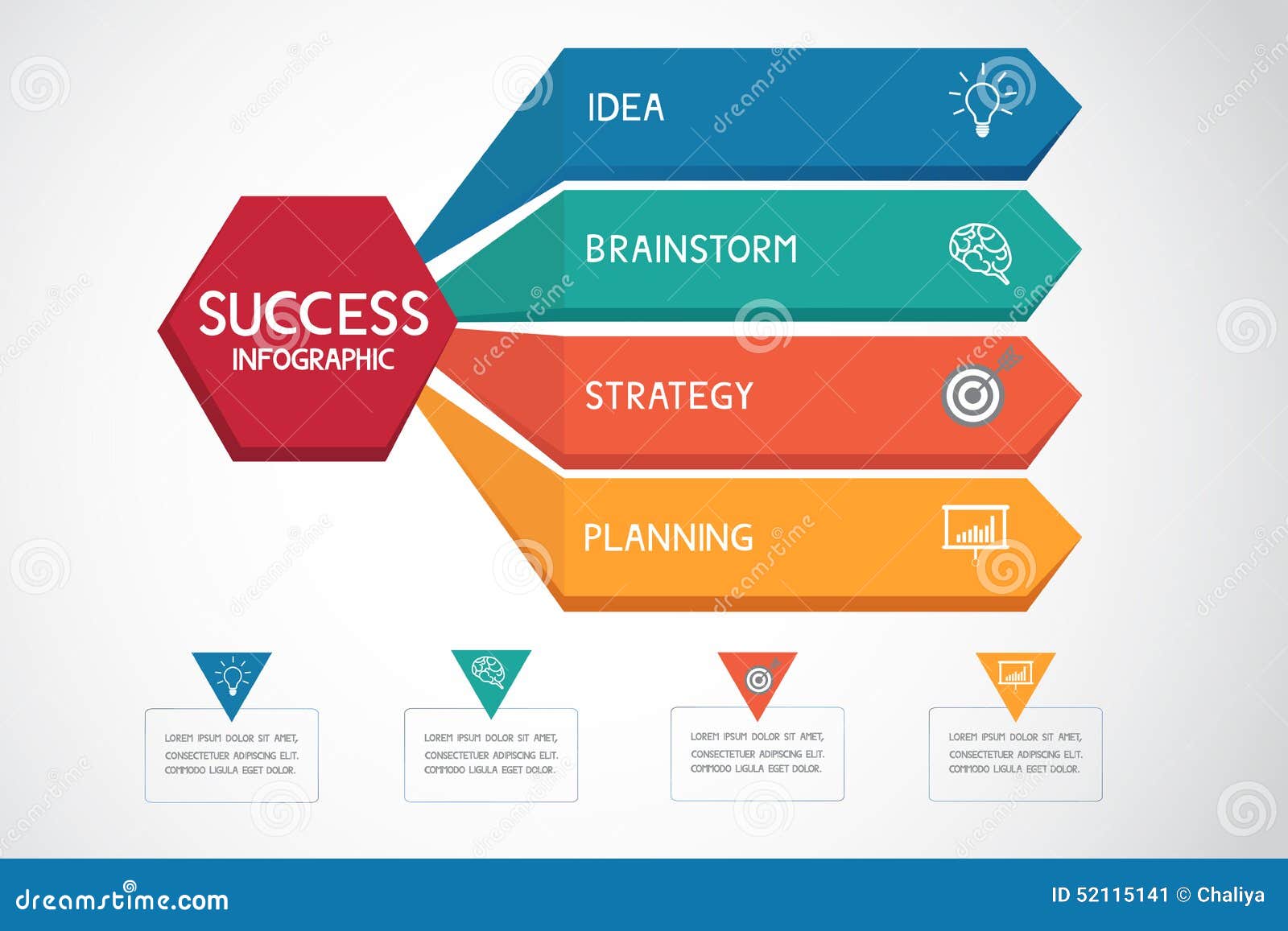Making The Most Of The Effect Of Visual Company In Web Development
Making The Most Of The Effect Of Visual Company In Web Development
Blog Article
Created By-Wiley Dodd
Think of an internet site where every component competes for your interest, leaving you really feeling bewildered and uncertain of where to concentrate.
Now picture read the full info here where each aspect is thoroughly organized, assisting your eyes effortlessly with the web page, supplying a seamless customer experience.
The difference hinges on the power of visual hierarchy in web site style. By tactically organizing and prioritizing components on a page, developers can create a clear and user-friendly course for individuals to follow, eventually boosting interaction and driving conversions.
However exactly how exactly can you harness this power? Join us as we explore the concepts and methods behind reliable aesthetic pecking order, and discover just how you can boost your web site design to new heights.
Comprehending Visual Hierarchy in Web Design
To effectively communicate details and guide customers with an internet site, it's crucial to recognize the principle of aesthetic power structure in web design.
website layout design describes the plan and organization of components on a page to emphasize their relevance and produce a clear and intuitive user experience. By establishing a clear visual hierarchy, you can guide users' focus to the most vital information or actions on the page, enhancing use and involvement.
This can be attained with numerous style methods, consisting of the critical use of size, color, contrast, and placement of aspects. For instance, larger and bolder components usually bring in more attention, while contrasting colors can create aesthetic comparison and draw emphasis.
Concepts for Efficient Aesthetic Pecking Order
Understanding the concepts for efficient visual hierarchy is crucial in creating an user-friendly and interesting internet site design. By complying with these concepts, you can make certain that your web site properly interacts details to individuals and overviews their interest to one of the most crucial aspects.
One concept is to utilize dimension and range to establish a clear visual pecking order. By making essential components bigger and much more prominent, you can accentuate them and overview individuals with the material.
Another principle is to make use of comparison properly. By utilizing contrasting colors, typefaces, and forms, you can create aesthetic distinction and highlight vital information.
Additionally, the principle of proximity suggests that related components should be grouped with each other to visually link them and make the web site more arranged and simple to browse.
Implementing Visual Power Structure in Web Site Layout
To execute aesthetic hierarchy in internet site design, prioritize essential components by readjusting their dimension, color, and placement on the web page.
By making key elements bigger and much more prominent, they'll naturally draw the individual's interest.
Usage contrasting colors to produce aesthetic comparison and emphasize vital information. For instance, you can use a strong or vivid shade for headings or call-to-action buttons.
In addition, think about the position of each element on the page. Area crucial aspects on top or in the facility, as users have a tendency to focus on these locations initially.
Final thought
So, there you have it. Aesthetic hierarchy is like the conductor of a symphony, leading your eyes with the internet site design with skill and panache.
It's the secret sauce that makes a website pop and sizzle. Without it, your layout is simply a cluttered mess of arbitrary components.
But with visual hierarchy, you can create a masterpiece that orders attention, communicates successfully, and leaves a lasting perception.
So go forth, my friend, and harness the power of aesthetic pecking order in your website layout. Your audience will certainly thank you.
